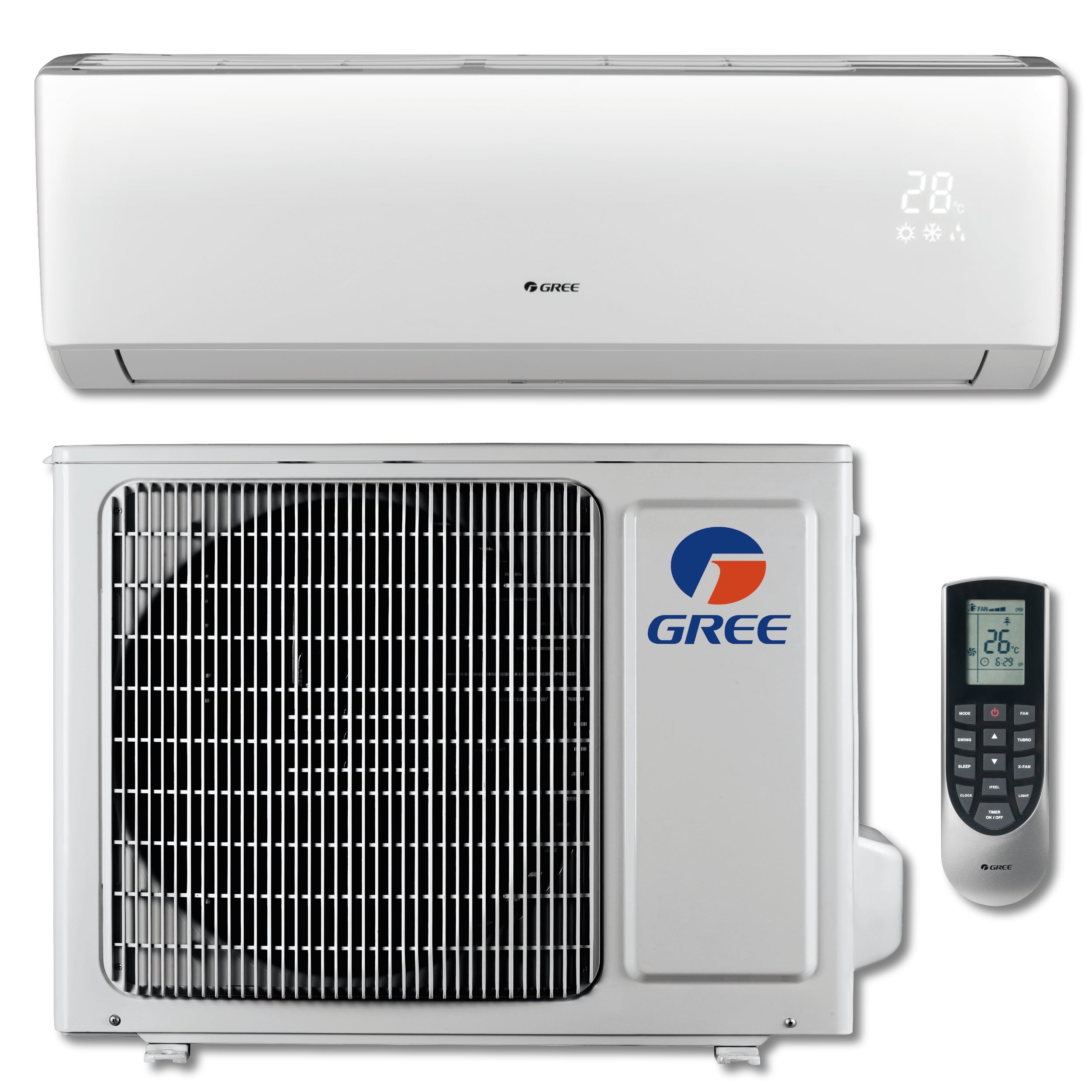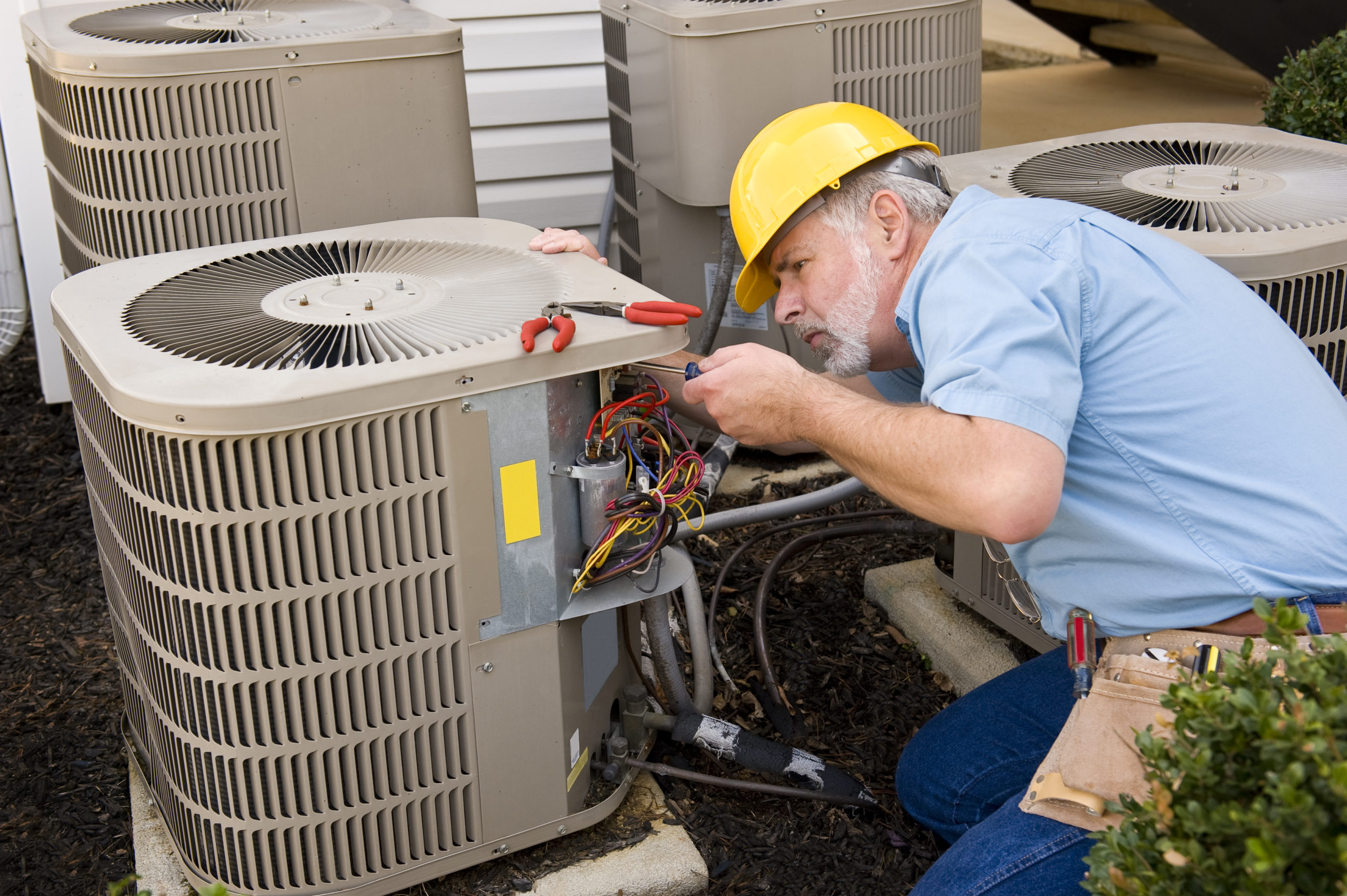Have you ever wondered why a/c installation in high-rise buildings presents one-of-a-kind obstacles?
The intricacy goes beyond simply cooling the areas efficiently. From maneuvering minimal area restraints to addressing vertical circulation difficulties, each element needs precise preparation.
However what about the architectural considerations and making sure ease of access to electric power for these systems?
These are simply a few items of the puzzle that make tackling a/c setup in high-rise buildings a multifaceted endeavor.
Trick Takeaways
- Tactical devices placement and sound control are important in skyscraper air conditioning setups.
- Reliable ductwork directing and maintenance accessibility ensure optimum HVAC efficiency.

- Security, weight distribution, and adherence to building codes are crucial for architectural stability.

- Power effectiveness, accessibility, and smooth assimilation improve AC system performance in skyscrapers.
Area Restrictions
When setting up cooling in skyscrapers, you may run into room restraints that call for cautious planning and ingenious services. Restricted access to particular areas can posture a difficulty during installment. To tackle this, specialized devices and innovative handling may be essential to navigate with limited spaces and get to the designated locations for setting up the a/c devices.
In addition, in skyscrapers, noise control is essential to guarantee the convenience and wellness of passengers. The confined areas and distance of domestic devices in these structures enhance the influence of noise created by air conditioning systems. Applying soundproofing steps, making use of quieter equipment, and strategic placement of parts can aid minimize noise interruptions for homeowners.
Upright Distribution Difficulties
Exploring the complexities of skyscrapers, specifically when it come to upright distribution, presents unique challenges for a/c installation. Ductwork difficulties project in high-rise frameworks, where directing ducts up and down via multiple floors can be intricate. https://waterlooacinstallation.co.uk Setup logistics come to be necessary, as collaborating the positioning of ductwork and equipment in a way that guarantees effective airflow and temperature level control throughout the structure is vital.
Upkeep access is an additional substantial worry when it pertains to upright distribution in high-rise buildings. Guaranteeing that a/c systems are quickly obtainable for normal maintenance and repairs is vital for long-term functionality. Furthermore, the logistics of devices transport to greater floors present a difficulty. Relocating heavy air conditioning units, ductwork parts, and other products up upright ranges calls for careful planning and control to guarantee safety and security and efficiency.
Architectural Factors to consider
Considering the structural stability of skyscrapers is important when planning a/c installments. Skyscrapers are made to support details weights, and including cooling systems can affect the total weight circulation. It's critical to follow building codes to make sure that the additional weight from the cooling and heating units doesn't compromise the structure's structural stability. Building ordinance detail the optimum permitted loads for various areas of the structure, including floorings and walls, to prevent overloading.
Correct weight distribution is necessary to stop irregular stress on the structure's structure, which could result in architectural problems gradually. A/c systems must be strategically positioned to disperse their weight evenly and reduce any type of possible strain on particular locations. Designers need to thoroughly evaluate the structure's load-bearing ability and style the cooling setup accordingly to make sure that it fulfills security requirements and governing requirements.
Electric Power Availability
To verify the effective installment of cooling systems in skyscrapers, examining the ease of access of electric power is critical.
When evaluating the electrical power availability for air conditioning in skyscrapers, consider the following:
- Distance to Source Of Power: Make certain that the cooling units lie near power sources to reduce energy loss and assurance efficient operation.
- Push-button Control Ability: Opt for systems that provide remote control features, enabling hassle-free monitoring and change of the a/c systems from a distance.
- Energy Effectiveness Rankings: Focus on cooling units with high energy effectiveness scores to lower total electrical power usage and reduced functional prices.
- Backup Power Solutions: Implement back-up power solutions like generators or battery backups to guarantee constant operation of the a/c systems during power blackouts.
Heating And Cooling System Assimilation
When integrating a/c systems into high-rise buildings, coordinate flawlessly with existing facilities for peak performance. Guarantee system compatibility by thoroughly examining the structure's format and existing a/c configuration. Throughout the installment process, focus on reliable combination to enhance the total efficiency of the air conditioning system.
To attain successful HVAC system combination, collaborate carefully with designers, engineers, and service providers to attend to any type of prospective challenges. Conduct a thorough evaluation of the building's air flow, ductwork, and control systems to make sure smooth compatibility with the new heating and cooling equipment. This proactive method can assist protect against costly rework and hold-ups throughout the installment stage.
Incorporating a/c systems in skyscrapers calls for meticulous planning and exact implementation to assure peak functionality. Applying sophisticated technology and energy-efficient components can additionally boost system efficiency and sustainability. By prioritizing smooth integration and system compatibility, you can produce a comfy indoor atmosphere while taking full advantage of power performance in skyscraper structures.
Frequently Asked Questions

Exist Any Kind Of Specific Laws or Codes That Skyscraper Must Comply With When Setting Up A/c Systems?
When installing air conditioning systems in high-rise buildings, policies and safety conformity are important. Particular codes determine exactly how these systems need to be mounted to ensure the safety of occupants. Compliance with these laws is essential for the proper performance of the a/c systems and to prevent possible risks.
It is necessary to comply with these standards carefully to guarantee a risk-free and efficient cooling system within the building.
What Are Some Usual Solutions for Noise Control in Air Conditioning Solutions in High-Rise Buildings?
To decrease sound in air conditioning systems in skyscrapers, consider soundproofing materials and strategic positioning to dampen vibrations. Go with energy-efficient designs with quieter operation.
Routine upkeep checks and prompt repair services can stop loud breakdowns. Furthermore, using variable rate innovation can lower noise degrees during low-demand durations.
Just How Do Severe Weather, Such as High Winds or Lightning Strikes, Influence the Installment and Procedure of Air Conditioning Systems in High-Rise Buildings?
Extreme weather like high winds or lightning strikes can considerably impact the installment and procedure of air conditioning systems in high-rise buildings. These climate elements can posture architectural obstacles, affecting the stability and performance of the systems.
When encountering such problems, it is essential to think of the resilience of the structure's framework and the sturdiness of the cooling and heating parts to ensure suitable working and safety.
Are There Any Special Considerations for Incorporating Smart or Energy-Efficient Technologies Into Cooling Systems in Skyscraper?

When considering including smart or energy-efficient innovations right into cooling systems in skyscrapers, there are some special considerations to bear in mind. Integration challenges may develop when linking different systems, and adjusting these modern technologies to function efficiently in a vertical environment can be tricky.
Nevertheless, energy-saving technologies provide great prospective for decreasing prices and environmental effect. It is essential to meticulously prepare and implement these options to maximize their advantages.
What Are the Upkeep Needs for Cooling Solutions in Skyscraper, and Exactly How Typically Should They Be Serviced?
To keep your cooling systems in skyscrapers running smoothly, regular upkeep is key.
Servicing frequency relies on factors like usage and system intricacy. Typically, it's suggested to have your AC units inspected at least yearly by an expert service technician.
This regular maintenance not just guarantees leading efficiency yet additionally assists in keeping power efficiency, saving you cash over time.
Final thought
On the whole, mounting cooling in skyscrapers offers unique difficulties as a result of area constraints, upright circulation obstacles, architectural factors to consider, electrical power accessibility, and heating and cooling system combination.
It requires cautious preparation and control to ensure the system operates properly and efficiently in such complicated settings.
By attending to these obstacles head-on and working with experienced professionals, structure proprietors can assure that their residents remain comfy and great even in the tallest of structures.
